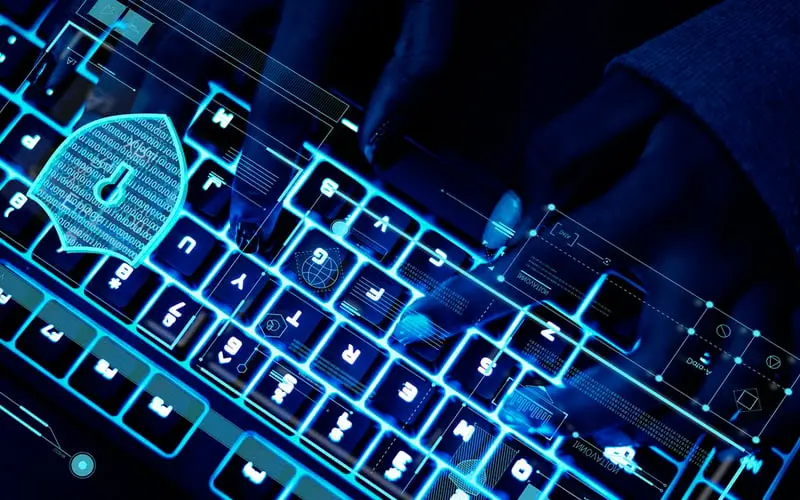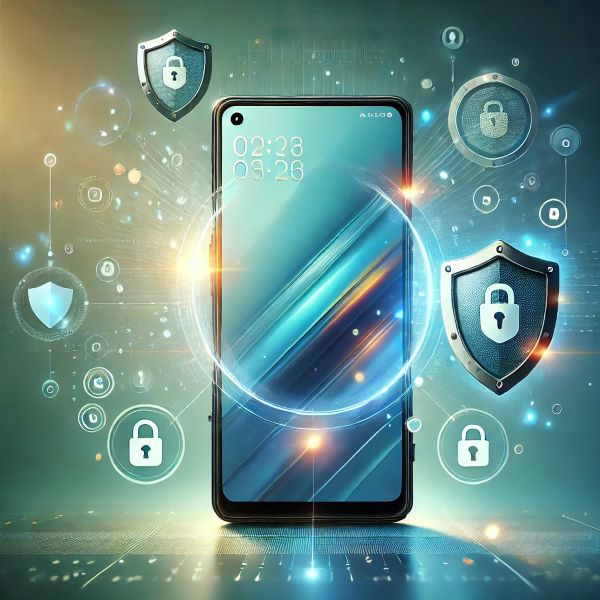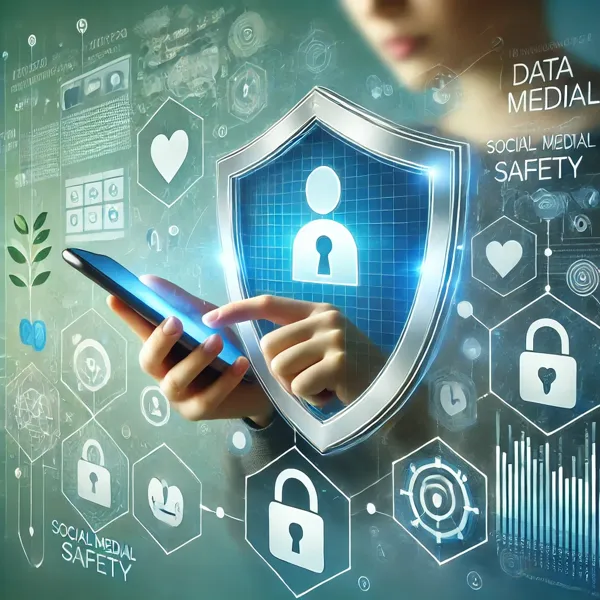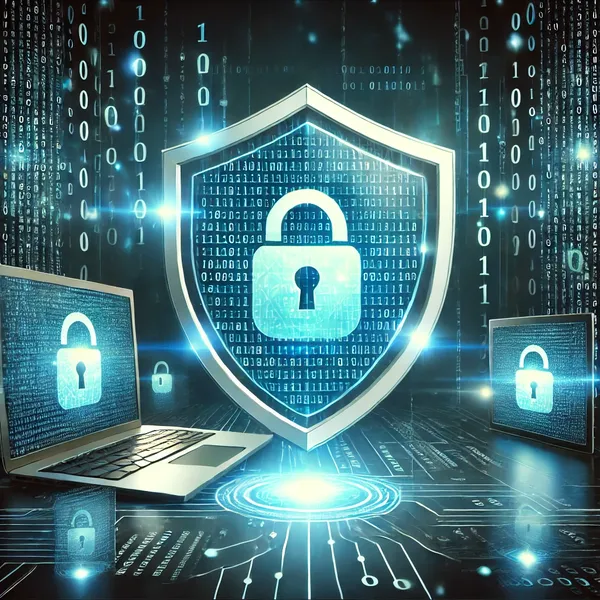In today’s connected world, cybersecurity is more important than ever. As we rely more on digital tools for work, communication, and entertainment, it’s essential to understand how to protect ourselves from cyber threats. From phishing scams to malware attacks, the risks are real—but the good news is that you don’t need to be a tech expert to stay safe online. Let’s explore some practical steps to secure your digital life.
1. The Importance of Strong Passwords

A strong password is your first line of defense against cyberattacks. Unfortunately, many people still use simple and predictable passwords like “123456” or “password.”
Tips for creating strong passwords:
- Use a combination of uppercase and lowercase letters, numbers, and symbols.
- Avoid using easily guessed information, like your name or birthdate.
- Make it at least 12 characters long.
To simplify managing multiple strong passwords, consider using a password manager. These tools securely store and generate passwords, making your accounts harder to breach.
2. Recognizing Common Threats
Cybercriminals often rely on tricks to exploit human behavior. Phishing, for example, involves sending fake emails or messages that look legitimate, urging you to click on a link or share sensitive information.
How to spot phishing attempts:
- Look for spelling mistakes or generic greetings like “Dear Customer.”
- Hover over links to check their actual destination before clicking.
- Be wary of urgent language like “Act now!” or “Your account will be closed.”
If something feels off, trust your instincts and verify the message with the official source.
3. Protecting Your Devices

Keeping your devices secure is critical to staying safe online.
Simple steps to protect your devices:
- Regularly update your operating system and apps to patch security vulnerabilities.
- Install reputable antivirus software and enable a firewall.
- Avoid downloading apps or software from untrusted sources.
These basic practices can prevent many common attacks.
4. Safe Browsing Practices
While browsing the internet, always prioritize security over convenience.
Smart browsing tips:
- Only enter sensitive information on secure websites (look for “HTTPS” in the URL).
- Be cautious with downloads, especially from unfamiliar sites.
- Avoid using public Wi-Fi for tasks like online banking. If you must use public Wi-Fi, consider a Virtual Private Network (VPN) to encrypt your connection.
5. Social Media Safety Tips

Social media platforms are a goldmine for cybercriminals seeking personal information.
Stay safe on social media:
- Think before sharing details like your location or travel plans.
- Review and adjust privacy settings to control who can see your posts.
- Beware of fake profiles and friend requests from unknown people.
By limiting the information you share, you reduce your vulnerability to identity theft or targeted scams.
6. The Role of Two-Factor Authentication (2FA)
Two-factor authentication adds an extra layer of security to your accounts by requiring a second form of verification, like a code sent to your phone.
Why 2FA matters:
Even if someone steals your password, they won’t be able to access your account without the second verification step.
Enable 2FA wherever possible, especially for email, banking, and social media accounts.
Closing Thoughts
Cybersecurity might seem overwhelming, but it’s all about taking small, consistent steps. By using strong passwords, staying vigilant for threats, and following safe browsing practices, you can significantly reduce your risk of falling victim to cyberattacks.
Remember, staying safe online is a shared responsibility. The more we educate ourselves and adopt good habits, the safer our digital world becomes.
Start implementing these tips today and take control of your cybersecurity journey!
